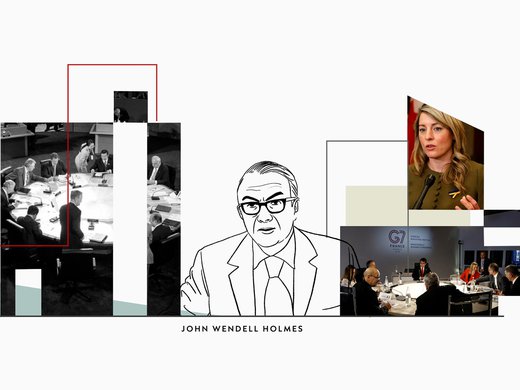The French presidency of COP21 released Wednesday afternoon a new draft of the Paris Agreement, based on the input of the different facilitating ministers mandated to synthesize the concerns of their counterparts and bring down the December 5 text from 20 to 14 pages. Canadian Minister Catherine McKenna, for instance, was in charge of improving the text on cooperative approaches to climate change mitigation under article 3. This new version was discussed at length on the same evening as a plenary meeting of the Paris Committee of environment ministers, which this author had a chance to witness.
From the outset, COP21 President Laurent Fabius warned that further political compromise was needed to reach agreements on the difficult issues of differentiation, finance and ambition. Two of the most remarked upon interventions came from the G77+China, and from the Like Minded Developing Countries (LMDCs), and received many endorsements thereafter. Speaking in the name of the first group, South African Minister Edna Molewa announced that the new text constituted an appropriate basis for further negotiations. However, she expressed concern that the evolution of the agreement suggested its delinking from the UNFCCC treaty and a dilution of its principles, including that of Common but Differentiated Responsibilities and Respective Capabilities (CBDR). In particular, she opined that developing nations did not see strong legal guarantees that they would receive the finance, clean technology transfer, and capacity building necessary to support their adaptation and mitigation efforts, especially post-2020. Malaysian delegate Gurdial Singh Nijar, in the name of the LMDCs, made a similar argument. He warned that the general objective of the agreement should be the pursuit of climate justice, as affirmed by many heads of state on November 30, 2015, and that removing mentions of CBDR from the agreement would lead to the failure of negotiations.
On a brighter note, there seems to be an increasingly broad consensus that the overall purpose of the agreement should be to keep the global temperature increase below 1.5 degrees Celsius above pre-industrial levels, rather than 2 degrees Celsius. Many states intervened in favour of article 2, option 3, including South Sudan and Bolivia whose representatives reminded the plenary that loss of biodiversity, food insecurity and other climate change consequences were already hitting the world’s poorest hard after an increase of only 0.8 degrees Celsius. The protection of forests was also an issue successfully advocated by many interveners Wednesday night, including by the representative from Panama in the name of the Coalition for Rainforest Nations and the Caribbean Community and Common Market (CARICOM). These countries argued for concluding 10 years of negotiations on the REDD+ mechanism (Reducing Emissions from Deforestation and Forest Degradation) and fully embedding it in article 3bis of the Paris Agreement. As a result, the French presidency announced the creation of an additional consultation group on this issue.
Another issue at the heart of the intervention of many parties was reparation for climate-induced loss and damage. Negotiating groups including the G77+China, the Alliance of Small Island States (AOSIS), CARICOM, and the Independent Alliance of Latin America and the Caribbean (AILAC) all supported the inclusion of a new article on the topic, in order to strengthen and institutionalize the Warsaw International Mechanism for Loss and Damage (established at COP19) beyond what is currently contained in article 5. On the contrary, Canada and the United States have opposed further negotiation to include a mechanism on reparation for loss and damage in the Paris Agreement, which has led to strong criticism by civil society organizations and their winning of the Fossil of the Day Award on December 9. This issue will definitely remain on the agenda until the end of the negotiations.
Lastly, on the occasion of Human Rights Day, it should be observed that much of the human rights language in the agreement remains in brackets. An important call for rectification was issued Tuesday in a joint statement by Amnesty International and Greenpeace, calling for “an explicit reference to human rights in Article 2.” With the explicit exception of Tanzania, many delegations favoured including human rights language in the operative parts of the Paris Agreement, including references to gender equality, intergenerational equity and Indigenous Peoples’ rights. At the close of the Paris Committee plenary late on Wednesday night, the French presidency announced that further consultations would be held on the themes of the preamble, cooperation, loss and damage, and forests. All are crucial aspects of the new and possibly penultimate text that should be presented to the plenary Thursday evening by the team working night and day to advance the Paris process.
Christopher Campbell-Duruflé is a recipient of CIGI’s Graduate Scholarships in International Law.


